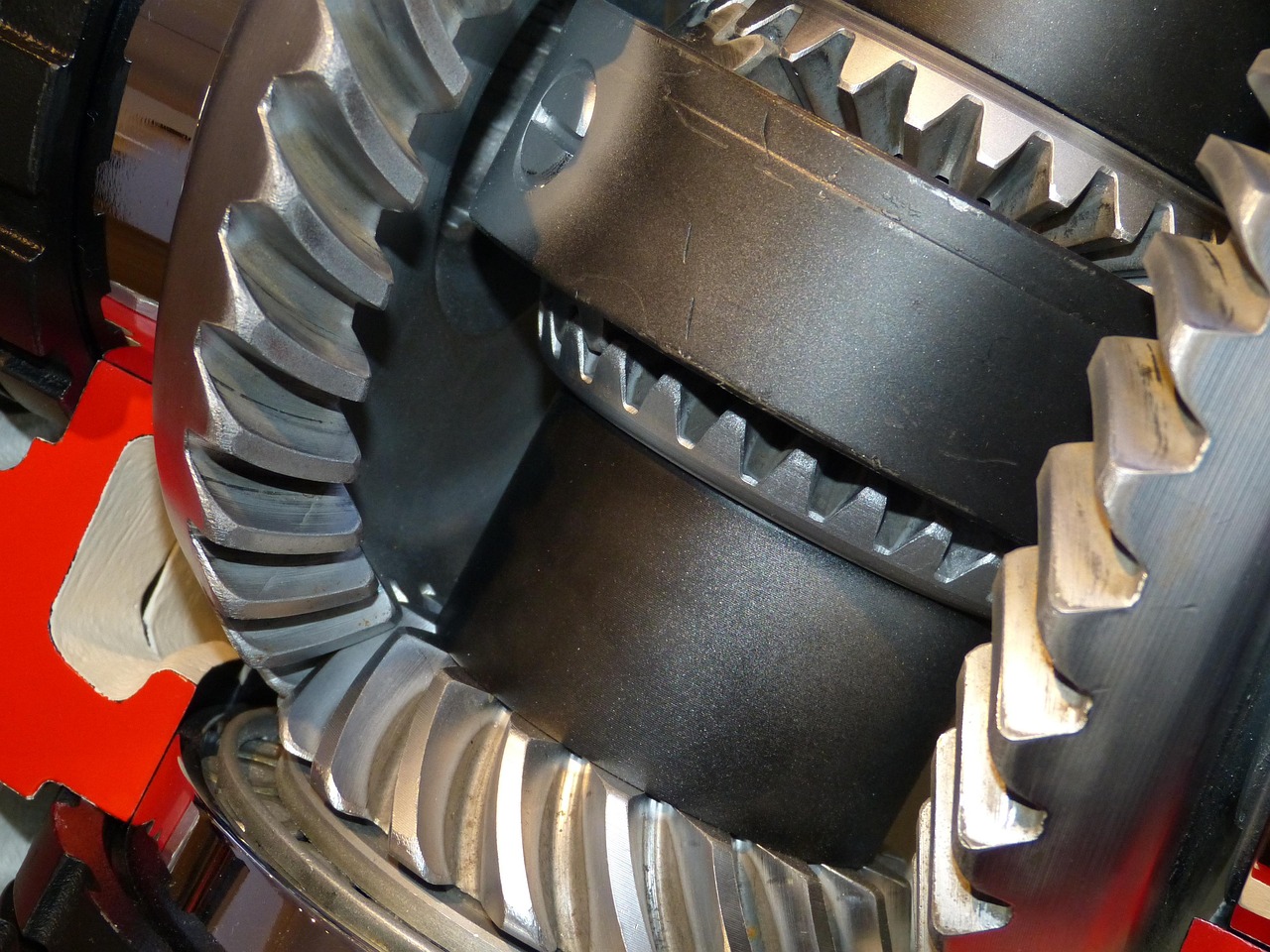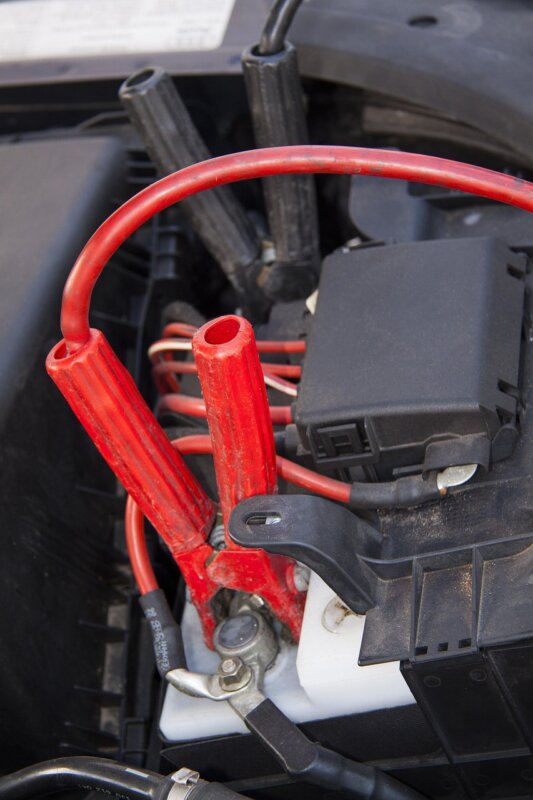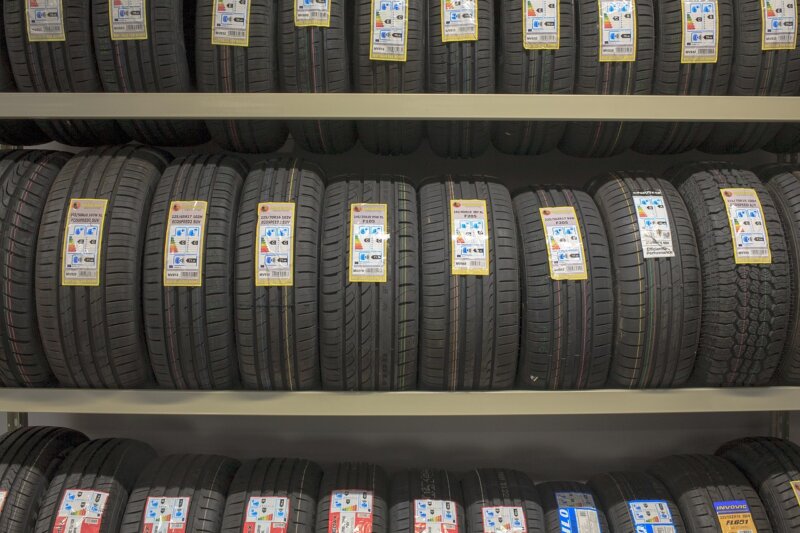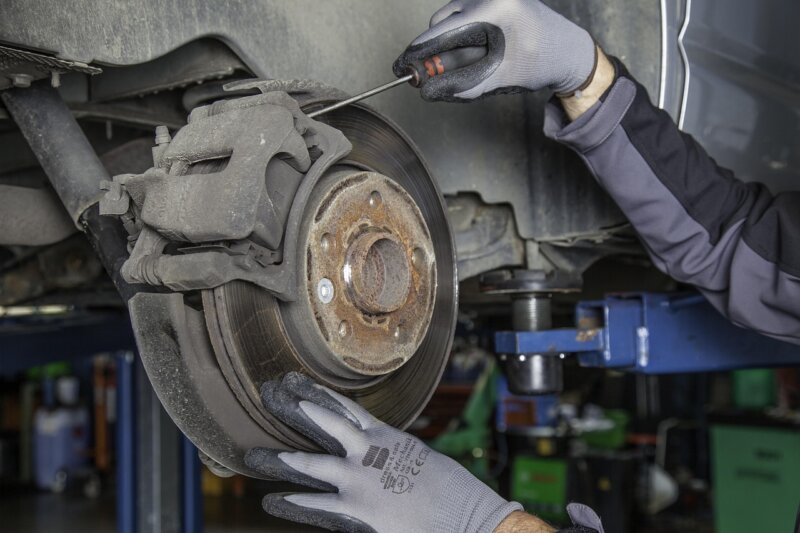Worried about a “sealed” automatic transmission that claims no fluid change? Many modern cars use sealed systems. Transmission maintenance still affects shifting feel and vehicle longevity. This article clears up myths, shows warning signs, and explains fluid change intervals that make sense. Keep reading, a few smart steps can save big money later.
What Is a Sealed Transmission?
A sealed transmission keeps fluid inside with no easy dipstick. That does not mean service never matters. The case is closed to block dirt and water. Access points still exist for trained techs and careful DIY work.
Definition and key characteristics
Many sealed units, including CVT units, skip an external dipstick. CVT means Continuously Variable Transmission. It changes ratios with belts or chains, not fixed gears. The design relies on clean, stable fluid.
Automakers call these systems sealed to reduce user error and contamination. That phrase can mislead drivers. Automatic transmission fluid, also called ATF, still breaks down over time. Heat and wear change its chemistry. Debris from clutches and bearings builds up. The result is weaker protection and harsher shifts.
Waiting past 100,000 miles raises risk. Worn fluid can damage hydraulic circuits, the passages that move pressurized fluid to control gear changes. Repairs then cost much more than planned preventative maintenance.
Common misconceptions about sealed systems
Myth 1, sealed means no service. Truth, fluid ages and loses strength, even in a closed case. Additives wear out. Varnish and sludge form over time.
Myth 2, changing old fluid always ruins older transmissions. Problems usually arise from neglect and a harsh full flush on a dirty unit. A gentle drain and fill, or staged changes, reduces risk.
Myth 3, lifetime fluid lasts forever. In practice, lifetime often means for the warranty period, not for the car’s full life. Regular inspection and smart fluid replacement extend transmission lifespan and limit wear and tear.
The “Lifetime Fluid” Claim
Some shops or ads promise lifetime ATF. It sounds easy. Real use tells a different story. Fluid lifespan depends on heat, load, and driving habits. Good service recommendations respect those facts.
Marketing versus reality
Marketing language suggests fewer visits and lower costs. Reality, skipped service can lead to sticky valves, debris, and failures. A fast power flush on a high-mileage unit can push loosened sludge into small passages. That invites trouble.
Gradual fluid exchange, done over several visits, tends to be safer on older gearboxes. It refreshes additives without shocking the system. Shops that see many brands daily often endorse this approach for aging cars.
Real-world results point to thoughtful transmission maintenance, not hype. Fluid change intervals should match how the car is used, not just the brochure.
Risks of never changing transmission fluid
Old ATF loses friction control and cooling power around 60,000 miles in many cases. Heat cycles, towing, and city traffic make it worse. Then you may feel delayed engagement, flares, or harsh shifts.
Skilled care can slow the damage. No care speeds it up. Overheating, bearing wear, and clutch material loss follow. A large single change in a neglected unit can disturb deposits. Staged service is usually safer for those vehicles.
Signs It’s Time to Change Your Transmission Fluid
Small changes often come first. Catch them early. You protect gearbox health and keep performance steady.
Unusual noises or shifting issues
Listen for whining, grinding, or clunks. Watch for slip, delay, or harsh engagement. These signs suggest low, burnt, or dirty fluid. They can also point to worn internal parts.
For older transmissions, replace fluid gradually. A drain and fill refreshes part of the ATF without stirring heavy debris. Repeat over time for a cleaner system and smoother shifts.
Overheating transmission
Heat is the main enemy. Burnt smell, weak acceleration, or slow shifts can mean the fluid is cooked. Dark fluid shows the cooling job is failing.
Overheating accelerates wear on clutches and gears. If the issue repeats, investigate the cooler, thermostats, and software updates. Quick action can prevent costly damage later.
Fluid discoloration or burning smell
Healthy ATF is usually bright red and clear. Brown or black fluid signals oxidation and contamination. A sharp burnt odor points to heat stress.
Change the fluid soon in these cases. Fresh, correct ATF restores lubrication and cooling. Waiting longer risks hard part damage and higher repair bills.
Recommended Fluid Change Intervals
Service intervals vary. How and where you drive matters a lot. Build a schedule that fits your use, not just a number on paper.
Manufacturer guidelines versus real-world experience
Some guides list 100,000 miles or call ATF lifetime. Shops often see issues earlier, especially with heavy loads or city routes. Dusty or hot regions stress fluid faster.
Modern diagnostics can read temperature history and shift quality. That data can justify earlier service. For older vehicles with unknown history, gentler and more frequent changes are safer than one big flush.
Following a measured plan prevents small problems from becoming big ones. It also supports vehicle longevity and steadier performance.
Factors influencing fluid longevity
Fluid life depends on heat, time, and contamination. Stop and go traffic creates more heat. Towing or mountain driving also raises stress. Cold climates can be hard too, especially on short trips.
On high-mileage vehicles, one full exchange can disturb deposits. Seals that relied on varnish may leak. A staged approach helps protect seal integrity while cleaning slowly.
Preventive maintenance lowers debris and reduces risk over time. That means fewer surprises and a longer transmission lifespan.
Risks of Neglecting Transmission Fluid Changes
Ignoring service invites costly repair. Small wear turns into large damage fast. Good habits keep costs down and confidence up.
Increased wear and tear
Dirty fluid increases friction on clutches, bearings, and gears. Sludge forms and restricts flow. Then parts overheat and wear faster.
Even sealed systems need care before 100,000 miles in most cases. Waiting too long often ends with slipping, noise, or a dead unit. Planned fluid replacement prevents many of these failures.
Potential transmission failures
Thick, burnt ATF loses hydraulic control. That hurts shifting accuracy. You may feel harsh engagement or slipping that gets worse.
A sudden full flush on a neglected system can knock debris loose. Those particles clog small passages. The result can be rapid failure and a large bill. Scheduled service and inspections lower that risk.
Best Practices for Changing Sealed Transmission Fluid
Good process matters. Some tasks are simple. Others call for special tools. Choose the option that fits your skill and the vehicle.
Utilizing professional services
Qualified shops have factory tools and service data. They can set fluid level at the right temperature and follow exact fill procedures. Many sealed transmissions need scan tools to check temps and adaptions.
Certified work also protects warranties and catches other issues early. Techs can spot leaks, worn mounts, or software updates that improve shift feel. For complex CVT units, a pro service is often best.
DIY methods for sealed systems
DIY is possible, with care. Use only the specified ATF. Many units need a fill adapter and a temperature check procedure. Follow the service manual closely.
For high-mileage vehicles with unknown history, do staged changes. Replace 2 to 3 quarts at each engine oil change. Repeat over several visits. This method refreshes additives without shocking seals or moving debris all at once.
Keep a log of dates, mileage, and fluid used. Clean habits prevent contamination and keep performance steady.
Myths About Changing Fluid in Older Vehicles
Many drivers fear that new fluid breaks things in older transmissions. The real risk usually comes from neglect, not the fluid itself.
Does changing fluid cause damage?
Problems after a service tend to follow long periods without maintenance. A harsh flush can dislodge heavy deposits. Those bits then clog passages and valves.
Safer plan, do a drain and fill or staged service. This approach changes part of the fluid at a time. It reduces the chance of sudden shocks and supports steady operation.
Addressing deposit buildup concerns
Older units can have varnish and sludge. Those layers may partly seal worn parts. A fast full exchange can move debris into tight spots and tip a weak unit over the edge.
Gradual fluid replacement dissolves gunk more slowly. It keeps flow paths open and protects system integrity. Regular, smaller services are an easy way to extend transmission lifespan without drama.
Tips for Prolonging Transmission Life
Simple habits have real impact. Good ATF, clean cooling, and steady service form a strong base for gearbox health.
Routine inspections and maintenance
Use a checklist. Look under the car for leaks. Listen for new noises. Notice shift timing and feel. Scan for codes if the check engine light comes on.
- Service on time, based on use and heat history.
- Keep the cooler and radiator clean for better temperature control.
- Fix leaks quickly to protect clutches and bearings.
Small, routine care cuts wear and tear. It also helps avoid surprise breakdowns on trips.
Choosing the right fluid type
Use the exact ATF the manufacturer specifies. The friction package and viscosity are tuned to that transmission. The wrong fluid can cause shudder, slip, or failure.
Many vehicles specify synthetic ATF. CVT units often require a special CVT fluid. Check the owner’s manual and service manual. Match the spec code on the bottle, every time.
Bottom Line
Sealed does not mean service free. Automatic transmission health depends on clean, correct fluid and sensible service intervals. Real use, heat, and mileage age ATF, so plan fluid replacement before problems start.
Watch for signs, set a schedule, and choose the right method for the vehicle. Use staged changes on high-mileage vehicles with unknown history. For complex CVT or Euro units, consider a professional. Smart preventive maintenance supports vehicle longevity, lowers performance issues, and keeps you on the road with confidence.
Safety note, follow the factory procedure and proper lift practices. If unsure, see a qualified technician. A little care now reduces risk and saves money later.







